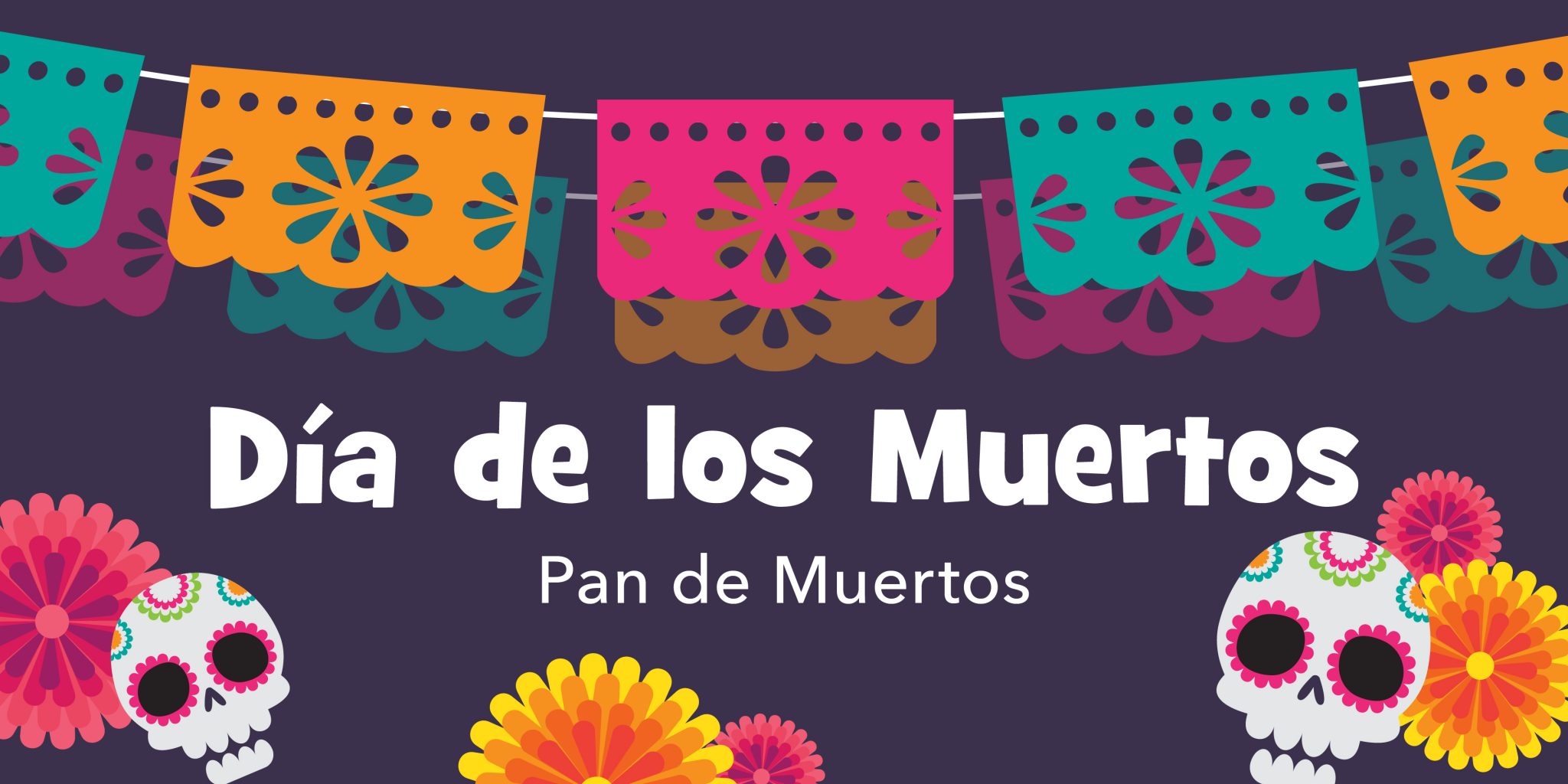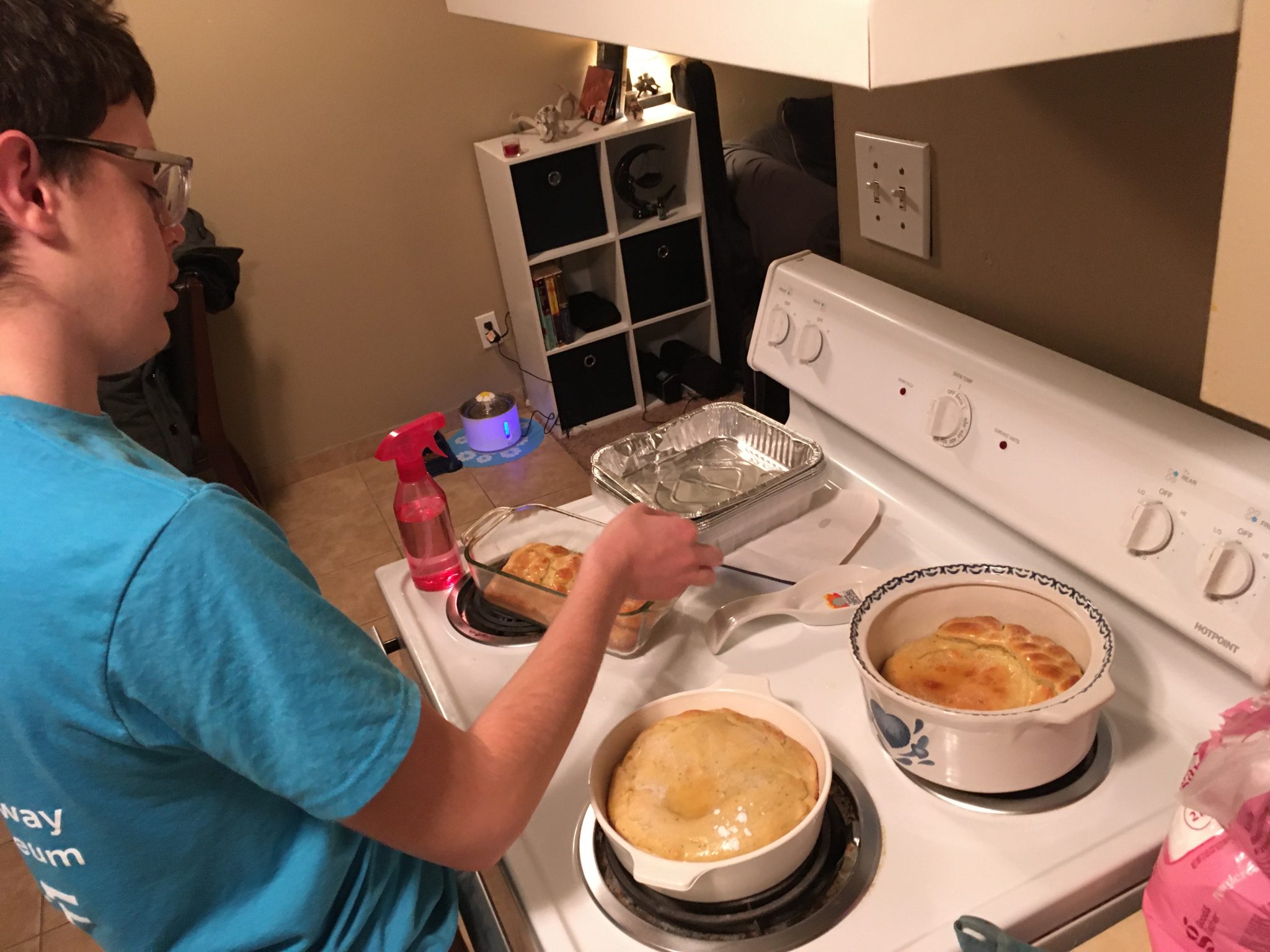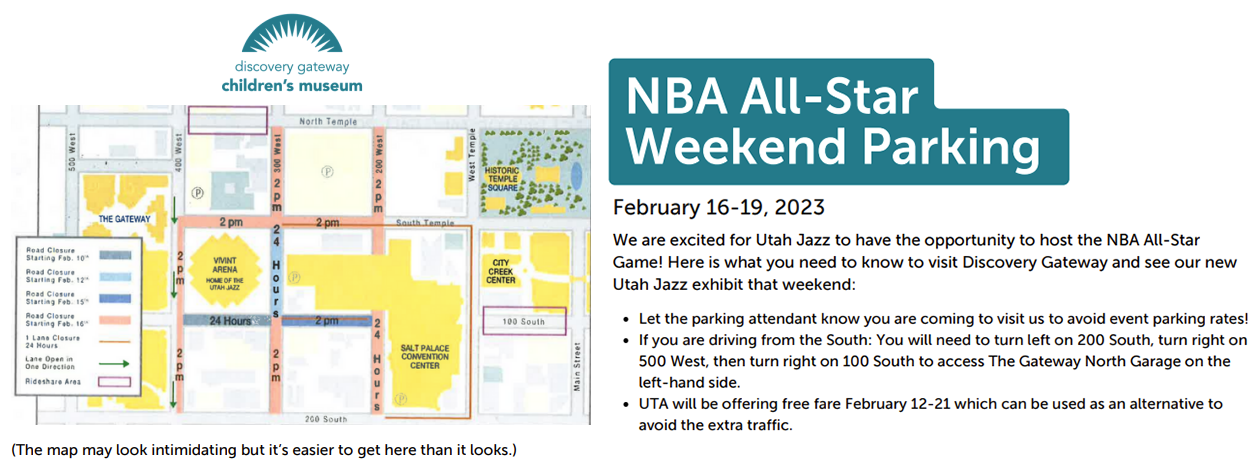
Pan de Muertos
For Everyone
Día de los Muertos is a Mexican holiday where people remember loved ones who have died. Although it has some elements of All Saints Day celebrations that happen in Spain and other Latin American countries, Día de los Muertos has strong ties to the Aztec Heritage of Mexico. For example, the belief that the smell of cempasúchil, or Mexican marigolds, will awaken the souls of the dead is a distinctly Aztec belief and can be seen in the use of marigold garlands that people use to decorate for Día de los Muertos. Día de los Muertos is a big celebration that involves festivals and large community events, as well as smaller family visits to gravesites and private altars set up inside homes that honor deceased loved ones.
The altars, or ofrendas, are not only a way to remember the dead but also a way to show affection to visiting spirits. Since many believe these spirits can return at this time of year, creating a pleasing altar will invite loved ones to visit for a while. While in America, our Halloween celebrations focus on the spooky side of ghosts, that is not what Día de los Muertos is about. Instead, it is focused on people having an opportunity to honor and connect with loved ones who have died and are missed.
Ofrendas typically have decorations, like the marigold garlands we mentioned before. They might also be decorated with candles, Papel Picado (paper flags with decorative cut-outs), and items the deceased loved one enjoyed They also have pictures of the deceased and food or drinks that they enjoyed in life. One common food item is this Pan de Muerto, which means bread of the dead. This sweet bread is usually shaped like bones and is flavored with orange zest or anise. People will eat this bread and remember their loved ones.

Materials:
- 1/3 cup water
- 2 packets rapid yeast
- 2/3 cup milk
- 4 eggs
- 1 stick butter
- ½ cup granulated sugar
- ½ cup powdered sugar
- 1 tsp anise seeds
- 4 ½ cups flour
- 2 tablespoons orange juice
- ½ teaspoon salt
Directions:
- Heat the water in the microwave for 45 seconds
- Put the yeast in the bowl and add the water. Stir gently, and then cover with a kitchen towel
- Let the yeast and water sit for 10 minutes
- In another bowl, mix 4 cups flour, anise seed, salt and ½ granulated sugar
- After 10 minutes, uncover the yeast mixture. The mixture should look foamy
- Melt butter, and add melted butter to the yeast mixture
- Put eggs in a bowl and whisk slightly with the milk
- Add egg and milk mixture to the yeast mixture, whisking while you add the ingredients
- Add ⅓ of the flour mixture to wet mixture, mix until ingredients are just incorporated
- Repeat step 9 twice, until all the dry mixture has been added to the wet mixture
- The dough should not be sticky, add more flour if necessary
- Sprinkle some flour on a surface and take turns kneading the dough for 10 minutes. Form into a ball at the end
- Grease a bowl, add the kneaded dough to the greased bowl. Cover it and place it in a warm place, like on top of the refrigerator
- Let the dough rise for 1 ½ hours
- Spray a baking sheet with cooking spray
- Remove the dough after it has raised, and divide into 4 pieces, make each piece a ball
- Take one of the balls and divide into 3 more pieces
- Use 1 of the smaller doughs to make decorations for each loaf. Traditionally, bread is decorated with a skull and bones, but you can also make a braid or whatever you want.
- Put dough on the baking sheet, and cover with a kitchen towel. Let the dough rise for 30 minutes
- Heat oven to 350 degrees
- After 30 minutes, put the dough into the oven. Cook for 25 minutes
- While bread is cooking, mix orange juice with powdered sugar. This creates a glaze.
- Remove bread from the oven. Add a thick layer of glaze while the bread is hot
More Fun:
- Make an ofrenda! Check out some ofrenda making tips!
If you enjoy our Steam Learning Lab and would like to make a donation click here. Thank you for your support!










